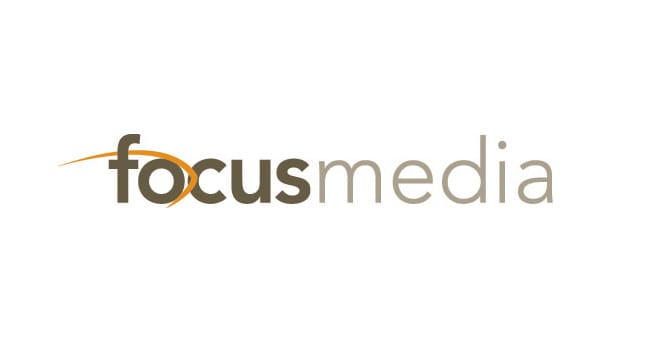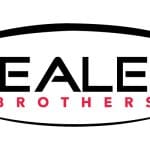An important aspect of a company’s marketing plan and budget is leveraging networking opportunities. Ask any politician or successful entrepreneur, and they’ll tell you that talking to the right people, in-person, is the best way to market yourself and close deals (yes, an Ad Man just wrote that). While networking at trade shows and business groups is just part of your overall marketing plan of advertising and promotion, you’re not going to grow your awareness and revenue unless you are strategic in planning for these opportunities.
What brings you ROI?
Time is money, and so is the cost to attend functions where you will have networking opportunities. Companies often find it helpful to develop an annual budget for promotion with estimates to attend events for specific groups. It will be a meaningful use of your time to formally evaluate these networking opportunities, including measuring return on investment from previous time with groups, and how particular opportunities tie into your company’s longer-term plans. Once you conduct this process, you might create a hierarchy of what events or groups are most relevant to your business versus what might just be nice to attend. Furthermore, you could even decide to focus on fewer events but double down with sponsorships and a larger presence with the networking opportunities that can most impact your bottom line.
Send the right staff
Don’t just staff events. Companies often make the mistake of turning out in numbers for key networking opportunities, but end up sending the wrong people. Leave the introverts home or send them to training. These events cost your company money. Don’t waste resources sending someone who wears your company name tag and stands in the corner talking to a co-worker or is just focused on the free food (I bet that rings a bell for some of you).
It’s important for company leadership to set goals for employees attending events. Whether it is measured by quantity of business cards or a quality contact being made, your staff will at least know you are making an investment in them and that “this is work.”
Finally, work to create a clear follow-up program after networking events. That includes adding new contacts to your database, and following up with mailings, emails and other marketing touch points – including phone calls and in-person meetings, which matter most. Communicating with your contacts, new and existing, is how you will monetize your investment in networking.



